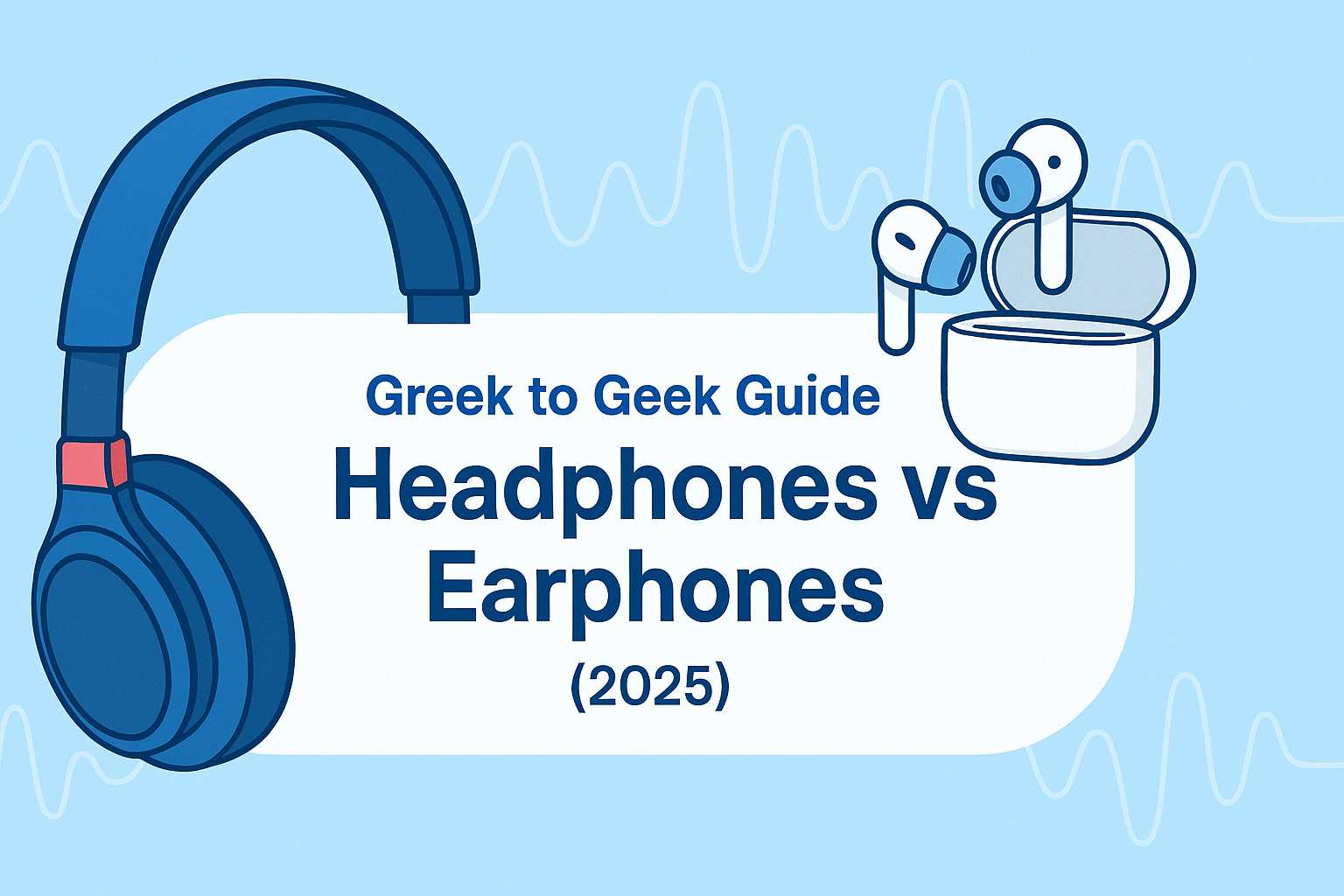
Congratulation on your new e-kit! Here we’ll show you how to set up your electronic drum kit for the first time. You’ll be learning how to assemble the drum rack, connect all the drum and cymbal pads, and configuring the module and sound settings. Follow the 4 detailed steps given below
- Assembling the drum rack
- Mounting the drum pads
- Drum pads
- Cymbal pads
- Connecting the drum pads to the module
- Configuring the drumkit settings
Assembling the Drum Rack
Drum racks might look a complicated to assemble, but it’s quite easy to be honest. While different electronic drum sets have different drum rack configurations, the foundation and setup process is almost the same. Refer to the Owner’s Manual accompanied with your Electronic Drumkit for specific parts and instructions.

Important factors to be noted while assembling the drum rack:
- Avoid over-tightening parts so they don’t get damaged.
- Save and store any spare parts in a dedicated drum bag or toolbox.
- Use a carpet to keep your drumkit on, to limit slipping and prevent triggers from misfiring
Mounting the drum pads
Once the drum rack assembly is completed, the next step is to attach all the pads, cymbals, and the module with the use of drum rack clamps and mount arms. This is a very simple procedure, so follow these steps which will help you secure the pads and module to the rack.
Use a plastic or rubber beater on bass drum pads, especially the ones with mesh heads. Felt beaters will tear through the heads due to surface friction.
Drum Pads
- Install drum rack clamp on the rack, then tighten it down.
- Place the drum pad onto the mounting arm and tighten it down.
- Once all of the pads are mounted, adjust them to where you feel most comfortable while playing.
Cymbal Pads
- Install a drum rack clamp and tighten it to the rack.
- Insert the cymbal arm into the drum rack clamp then tighten it down.
- Place the cymbal pad on the cymbal arm and use the top wing nut to tighten it down.
- If the entire cymbal pad is rubber, make sure that the logo is facing you as this is where the trigger is located.
Connecting the drum pads to the module
Few drum modules use multiple TRS cable connections, most of the others use a breakout cable. The breakout cable connection is typically located either on the back or underneath of the module. Almost all the cables are labeled, but make sure that each cable is plugged into the correct corresponding drum or cymbal pad. Follow these instructions to get your pads connected to the module. Manage your cables nicely by using zip ties or Velcro ties to keep it nice and tidy

Image (a) displaying module with breakout port and Image (b) displaying module with multiple TRS ports
Follow these 6 steps to ensure your drum pads are well connected with the module:
- Insert one end of the cable to the module. If the module uses a breakout cable, insert the breakout connector and make sure that it’s securely in place.
- Connect the other end of the cable to your drum pad.
- Most drum modules have inputs for an additional tom or cymbal, so if you want to expand your drum set in the future, connect a ¼” TRS cable to one of those inputs.
- Hi-hat triggers will have two cables; one for the pad and the other for the foot pedal. Most hi-hat pedal cables will be labeled either HHC or Hi-hat control.
- Connect your headphones to the Headphone jack or speakers to the Main Out jacks.
- If you only have one speaker, connect it to the L (mono) output jack.
Configuring the drumkit settings
Once you have the drum and cymbal pads set up and connected, the last step is to change the pad settings. Unlike acoustic drums, electronic drums may require some additional adjustments. While the factory settings are a great starting point, experiment with different settings until you find the perfect balance between comfort and playability.
If you want to trigger a louder hit, hit the pad softly; just turn the volume of the pad up. Like any other MIDI instrument, electronic drums have a set velocity range from 0 to 127, so even if you hit the pad with a hammer, it will only trigger at the loudest velocity of 127.
Follow these steps to configure the drumkit settings according to your needs:
- Hit each pad to confirm that it’s triggering the correct drum sound.
- Begin playing and set the level on the pads, headphones, and main outputs until you find the desired volume.
- Fine-tune the following settings to fit your play-style best. Refer to the owner’s manual on how to configure these settings.
- Sensitivity: By increasing the sensitivity, the pad will trigger louder sounds with a softer hit and decreasing it will trigger softer sounds with a harder hit.
- Threshold: When increasing threshold, the drum pad won’t trigger a sound unless until it’s hit hard enough. If it’s set too low, however, you may experience the pad trigger on its own which is known as a ghost note.




Share:
Getting Started with your Acoustic Guitar
Types of Ukulele